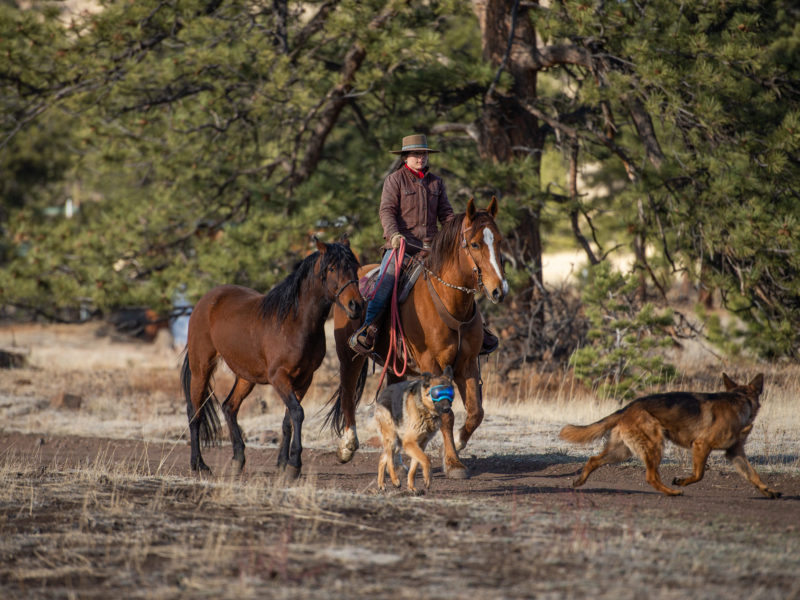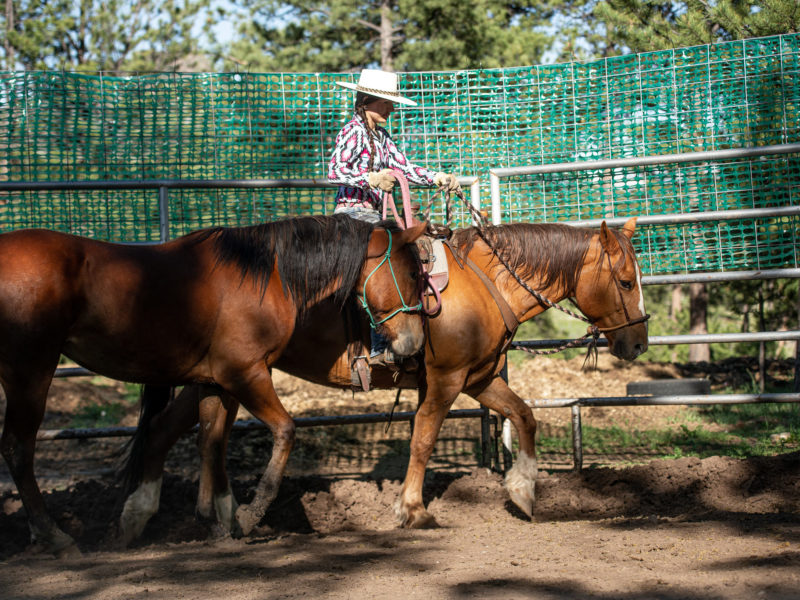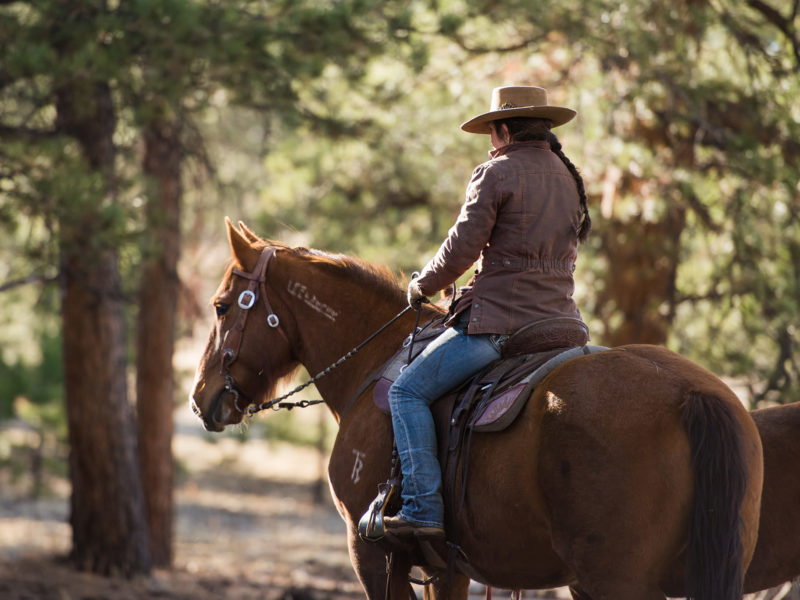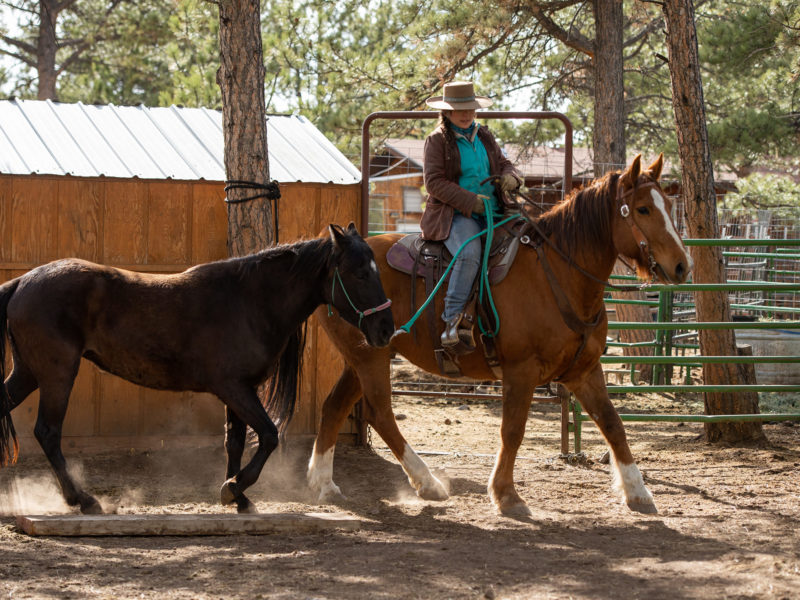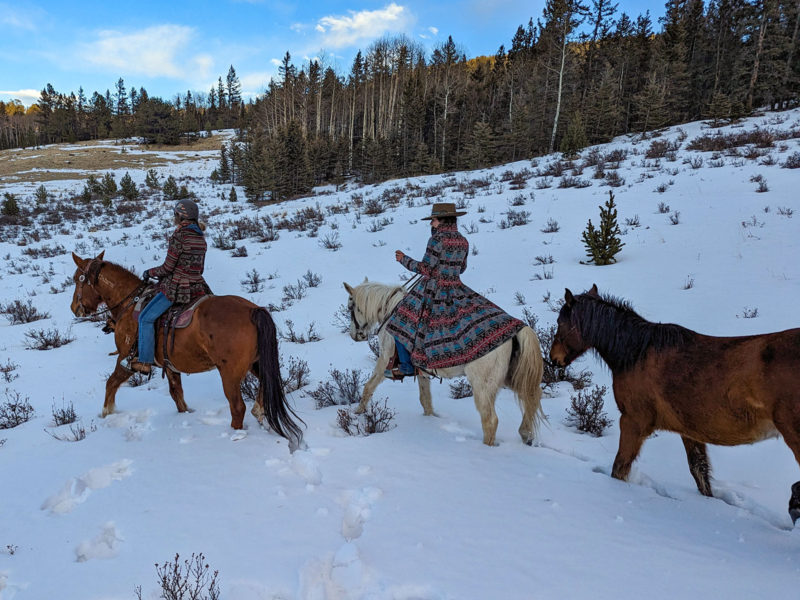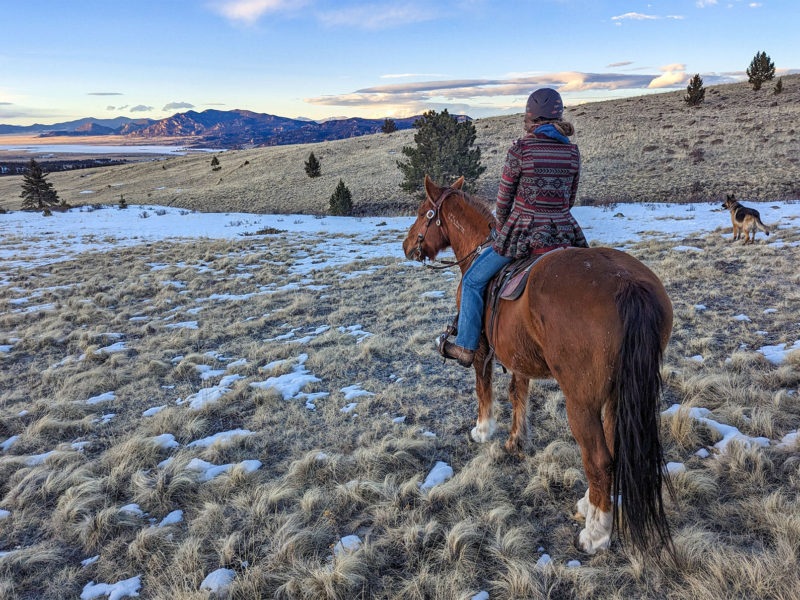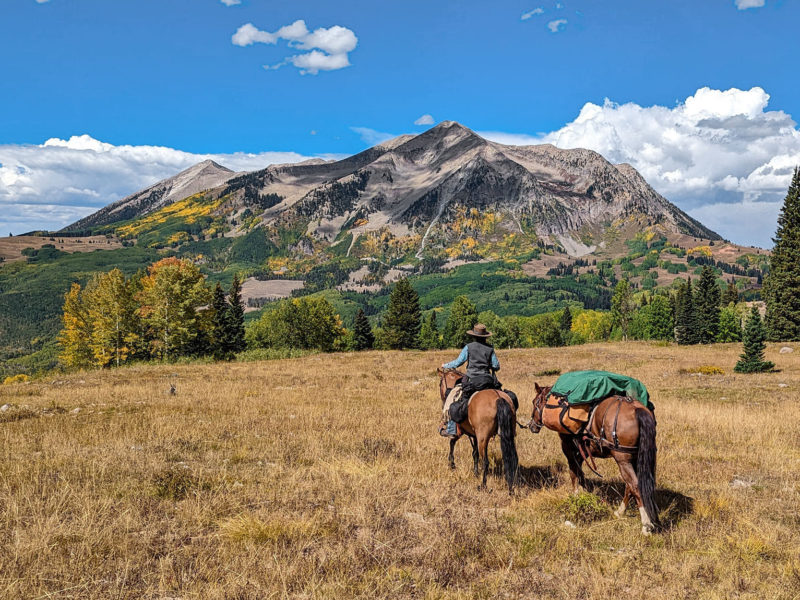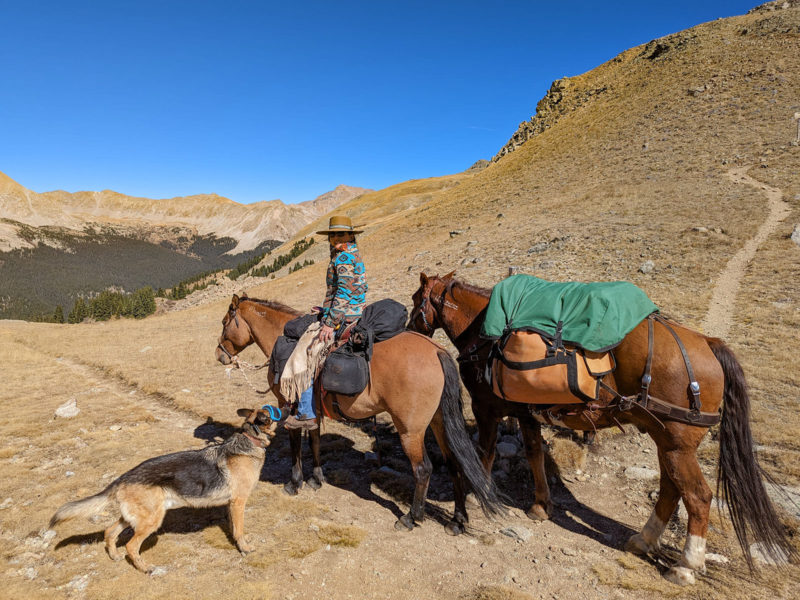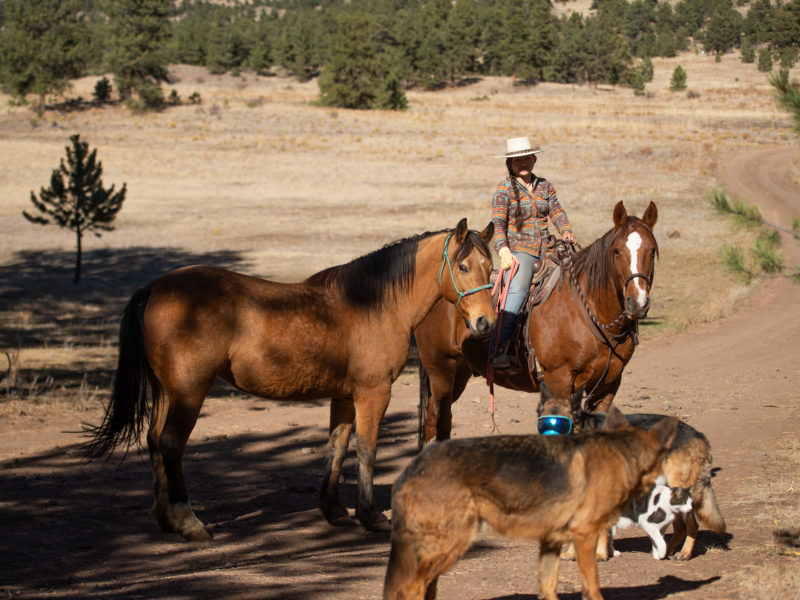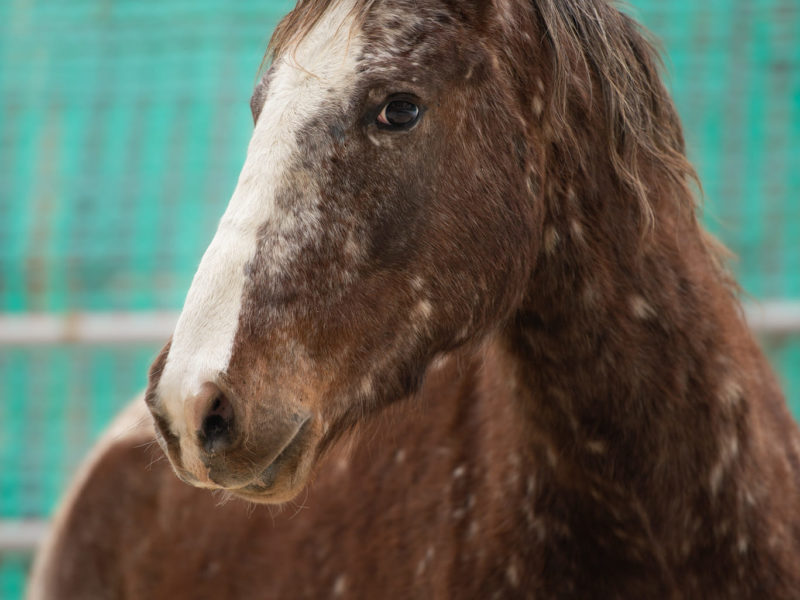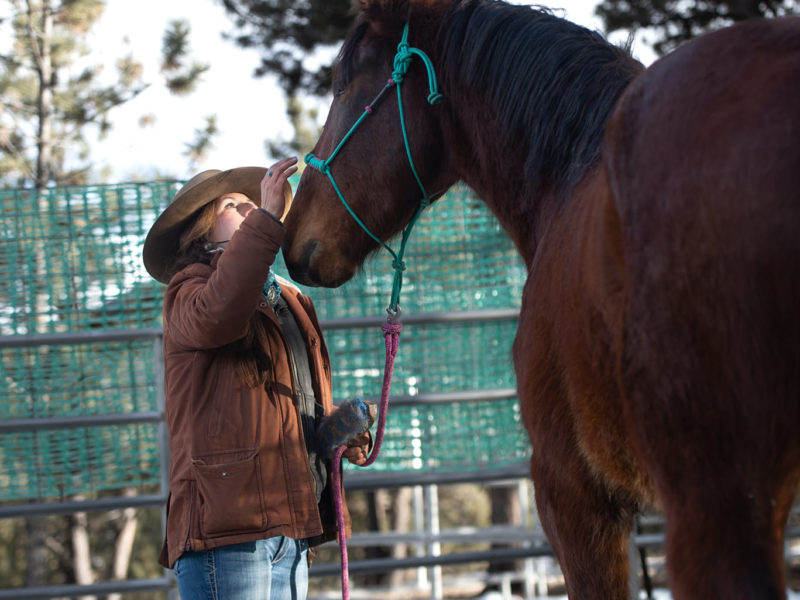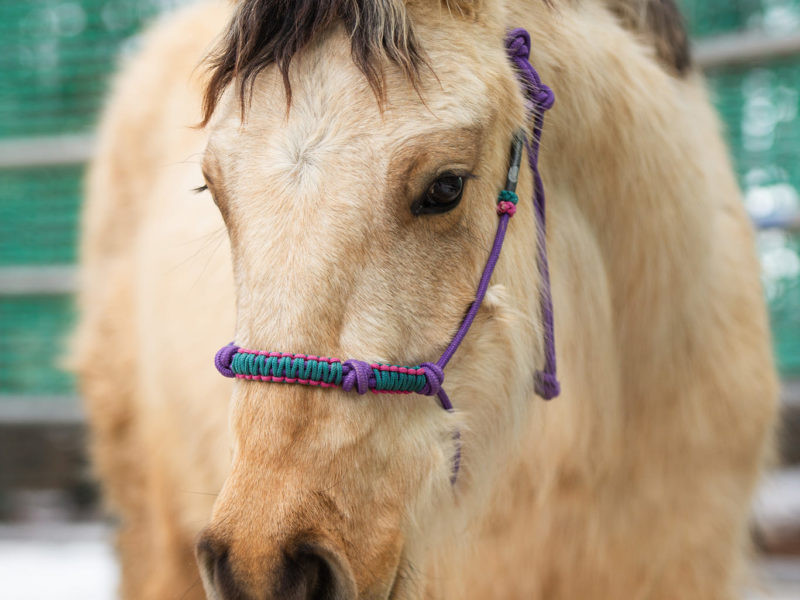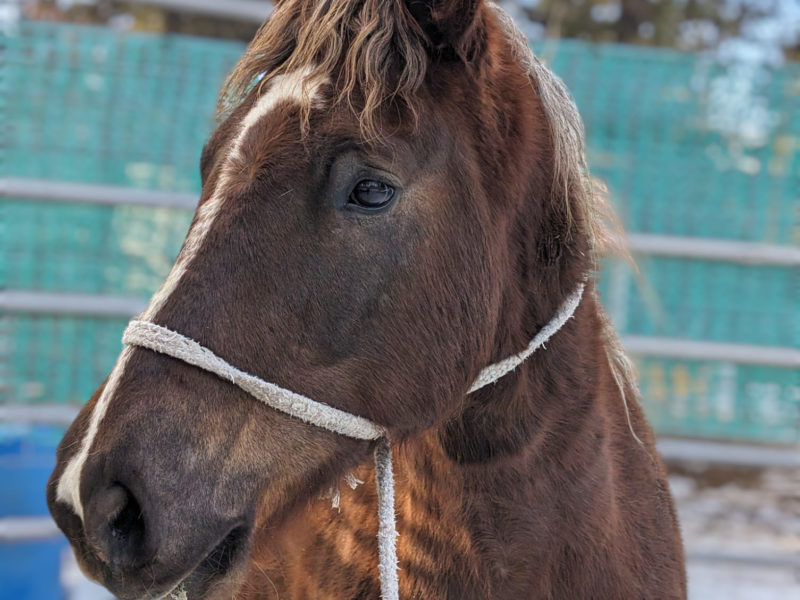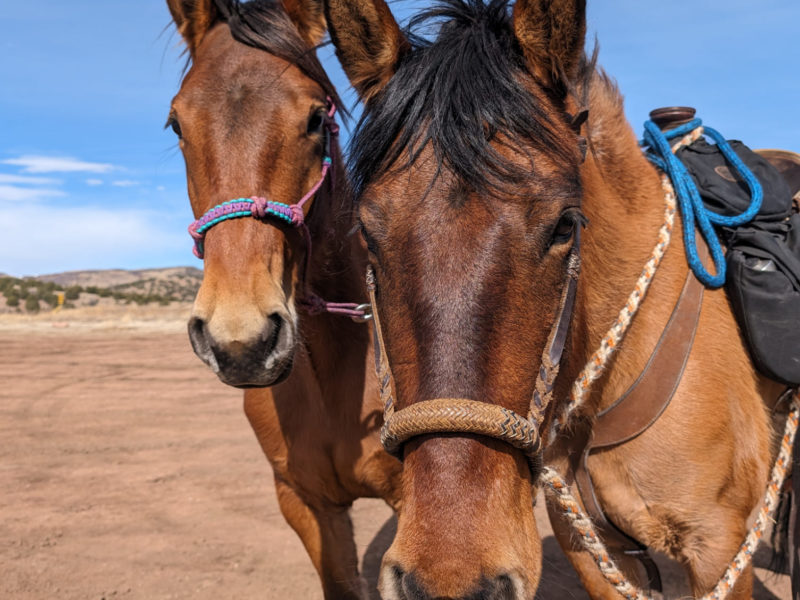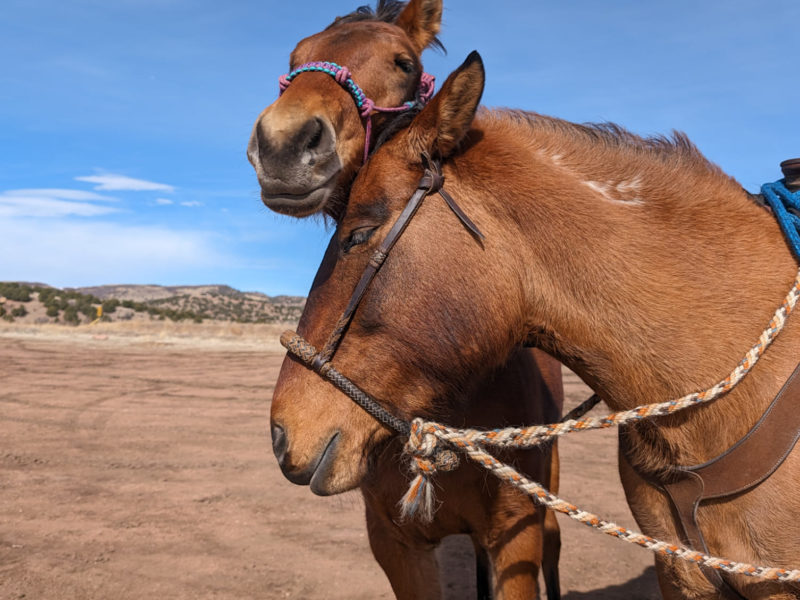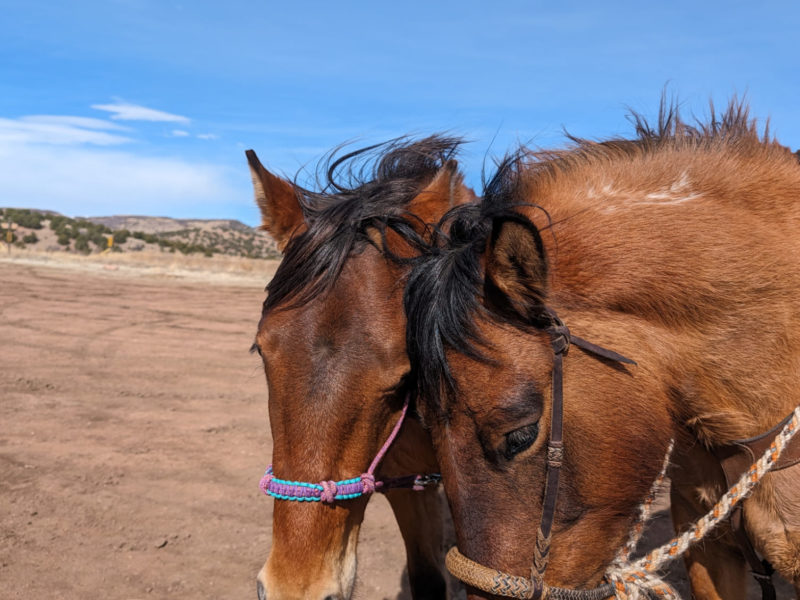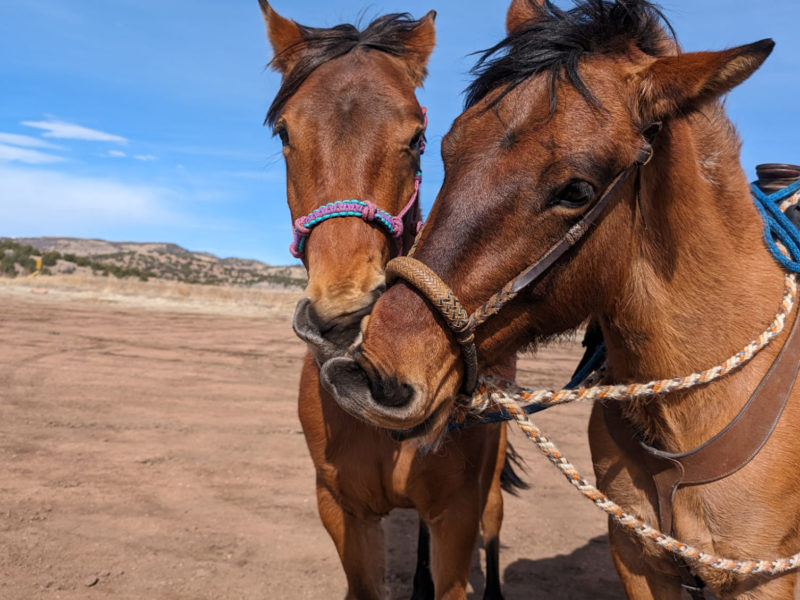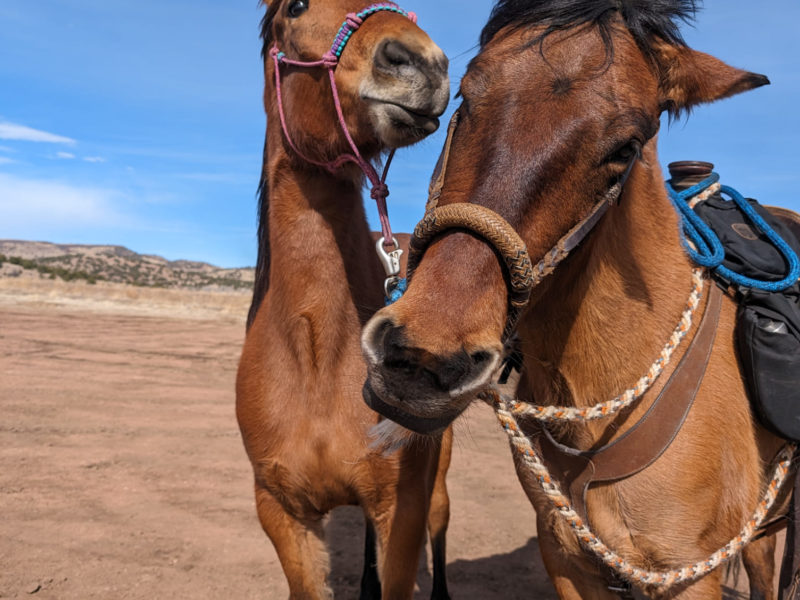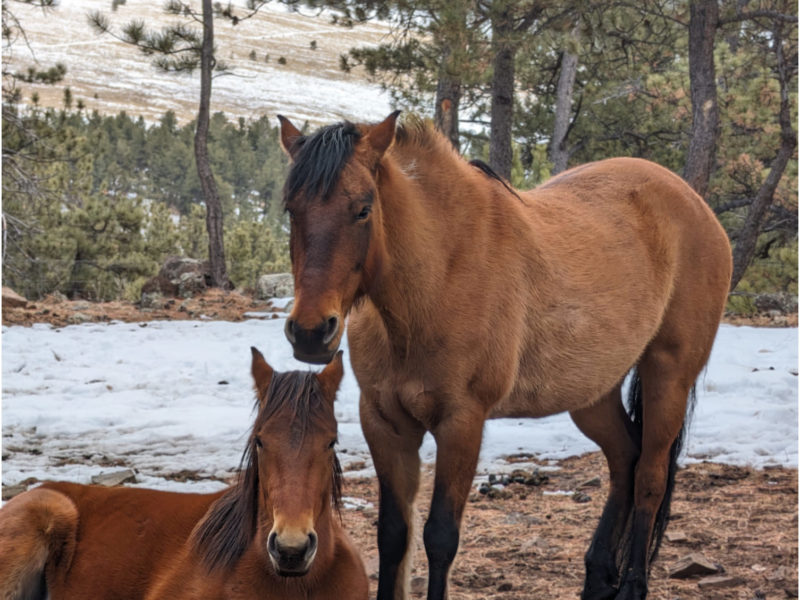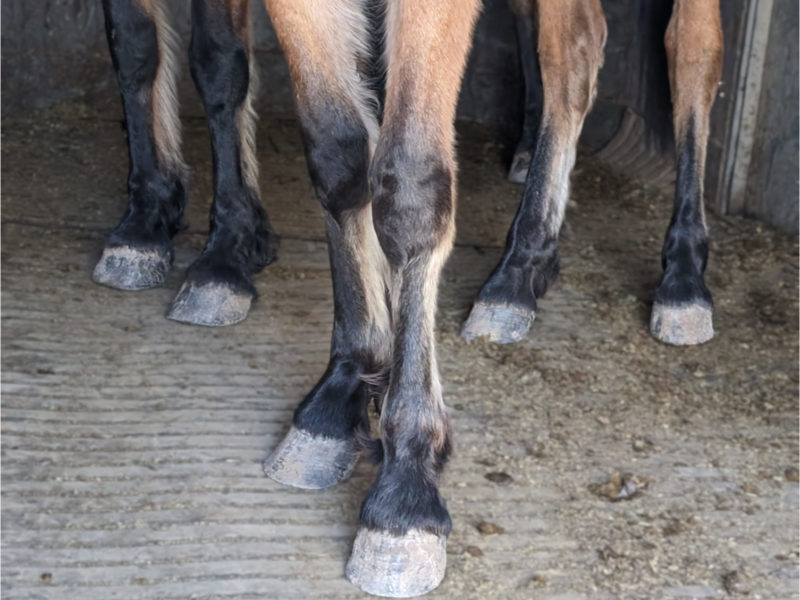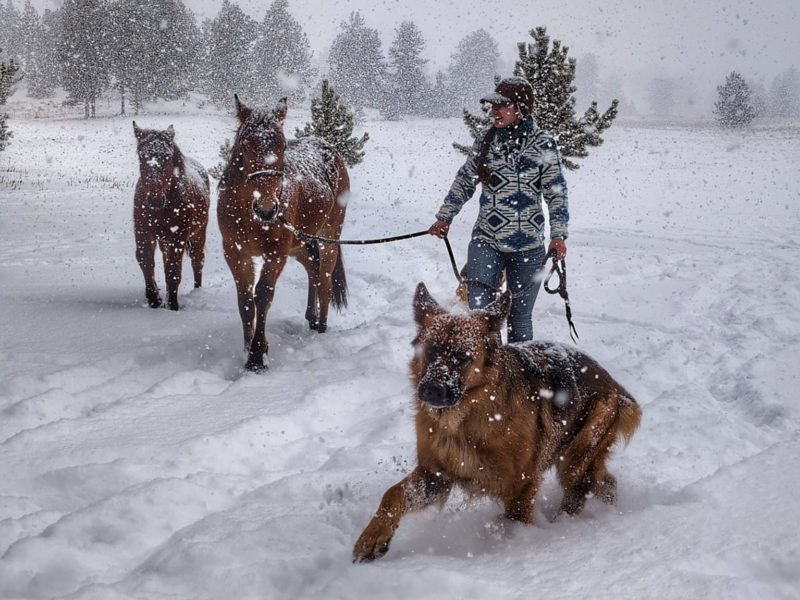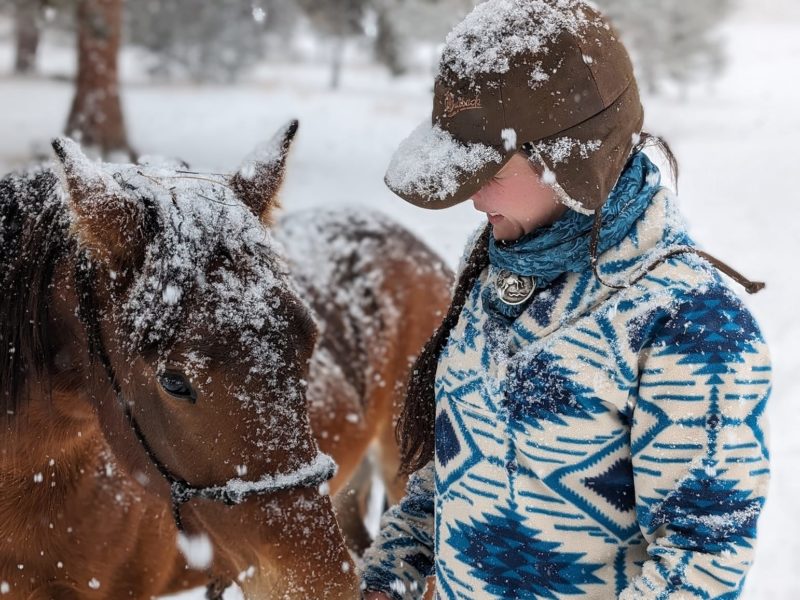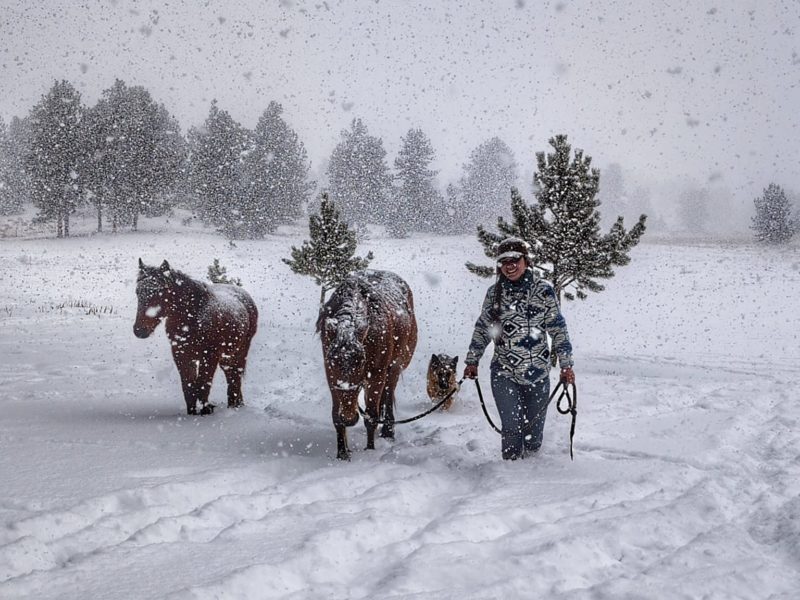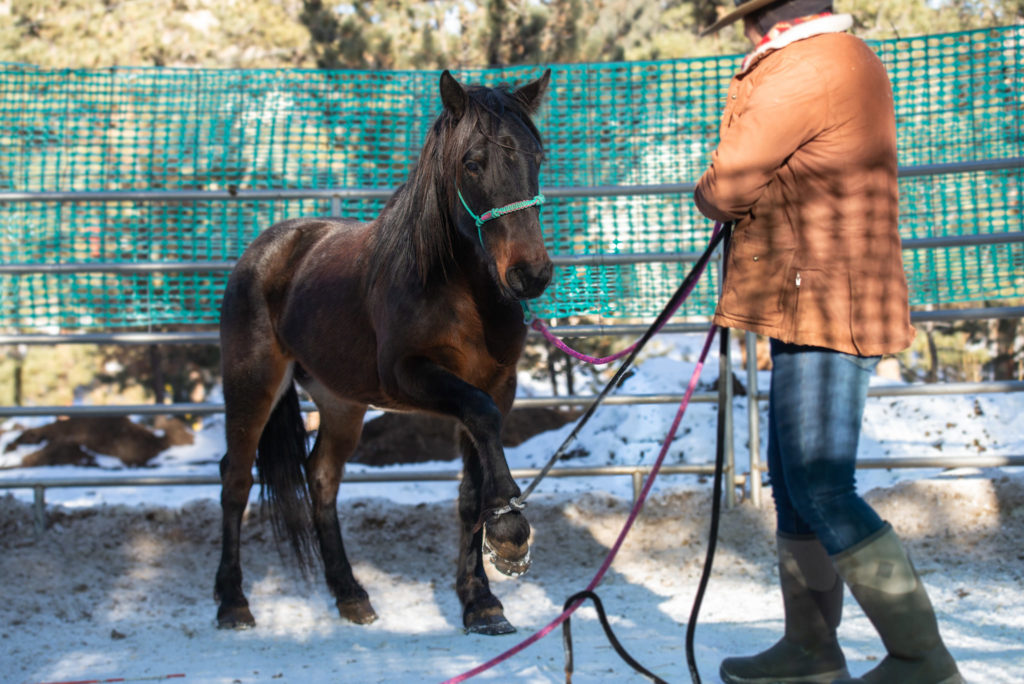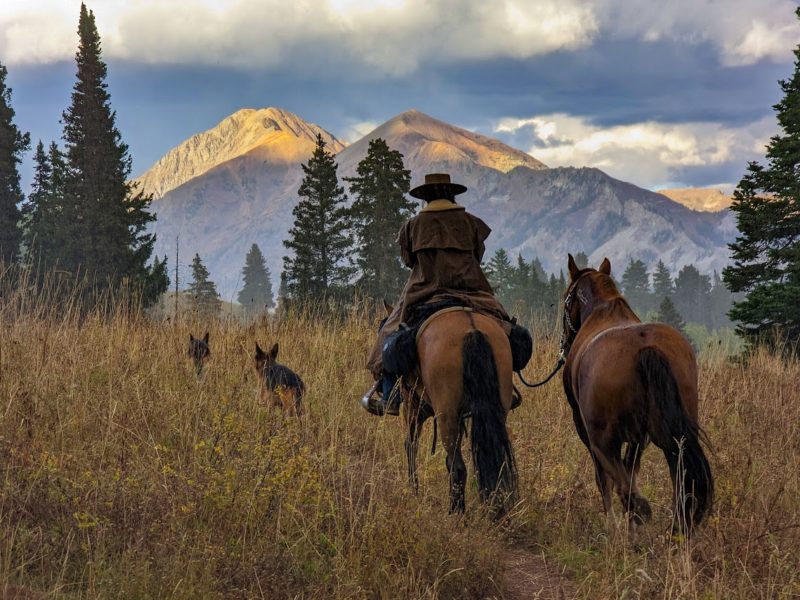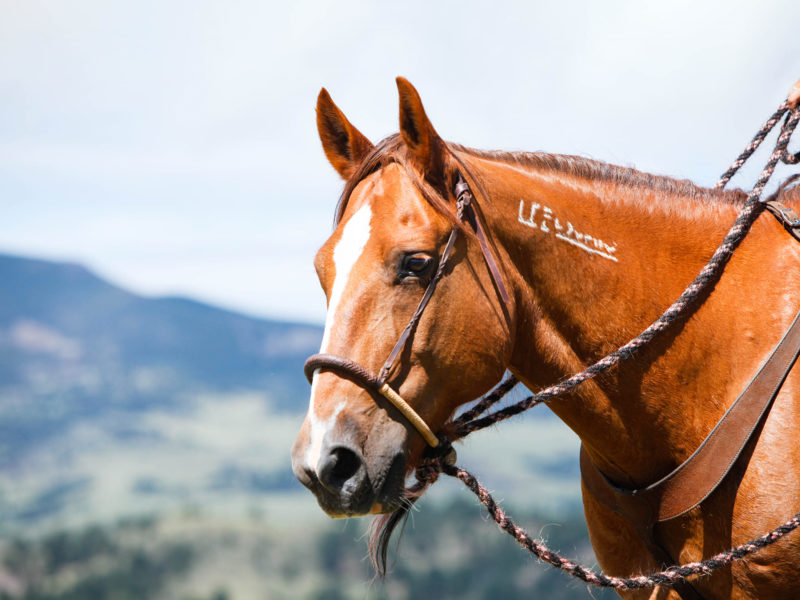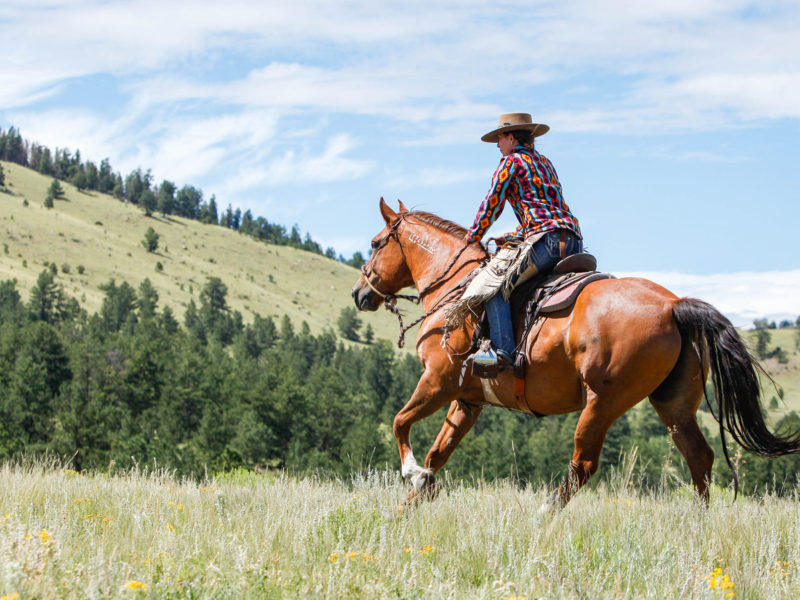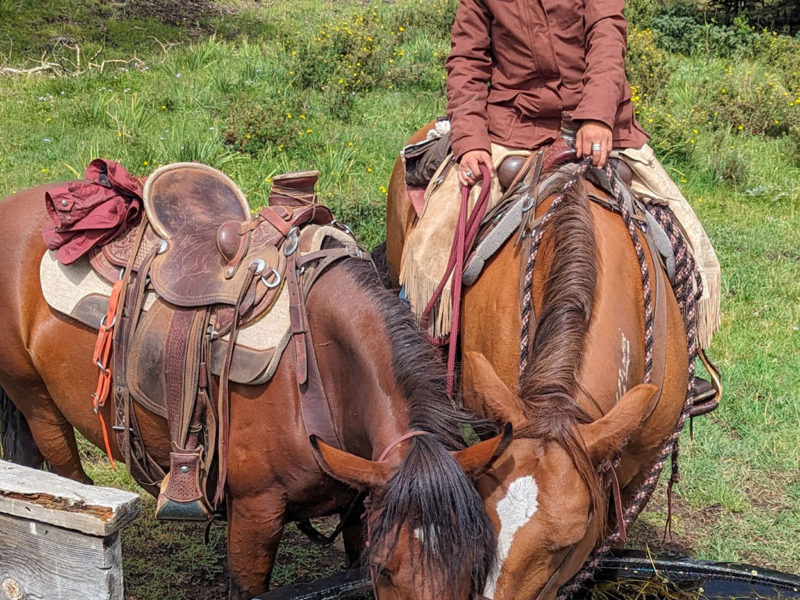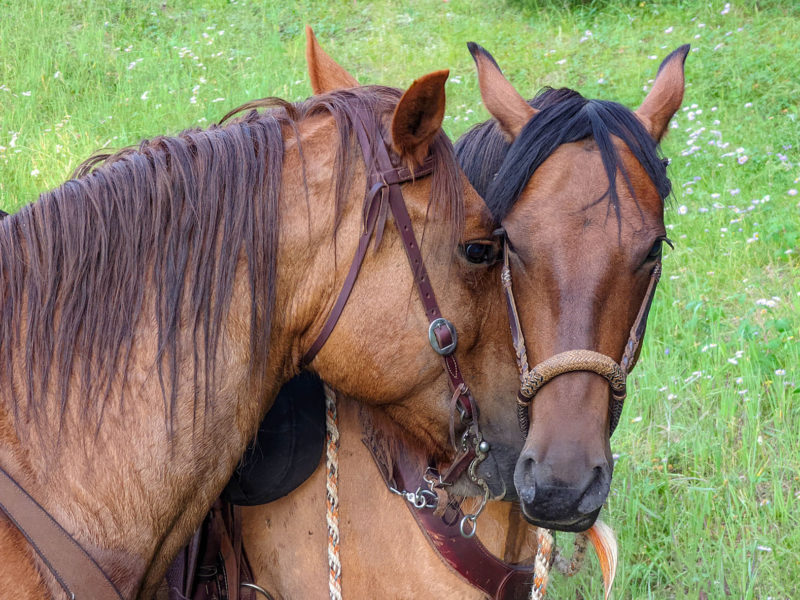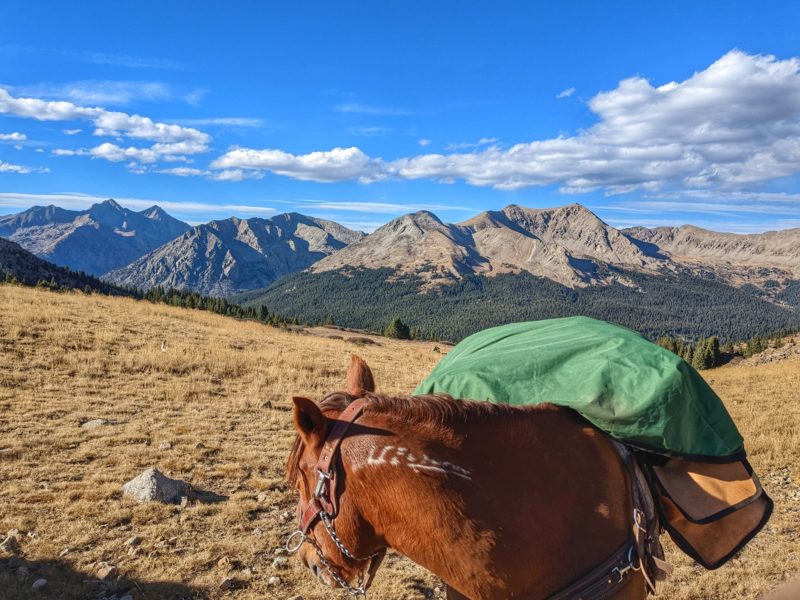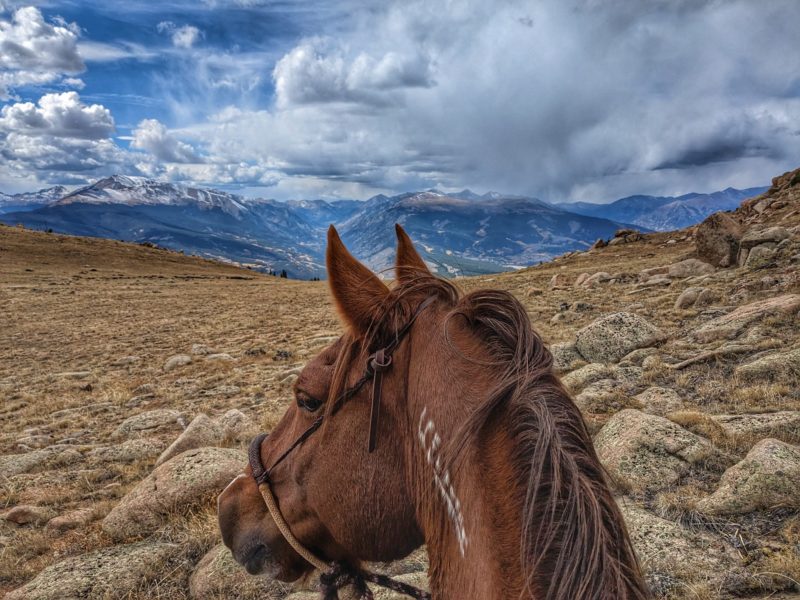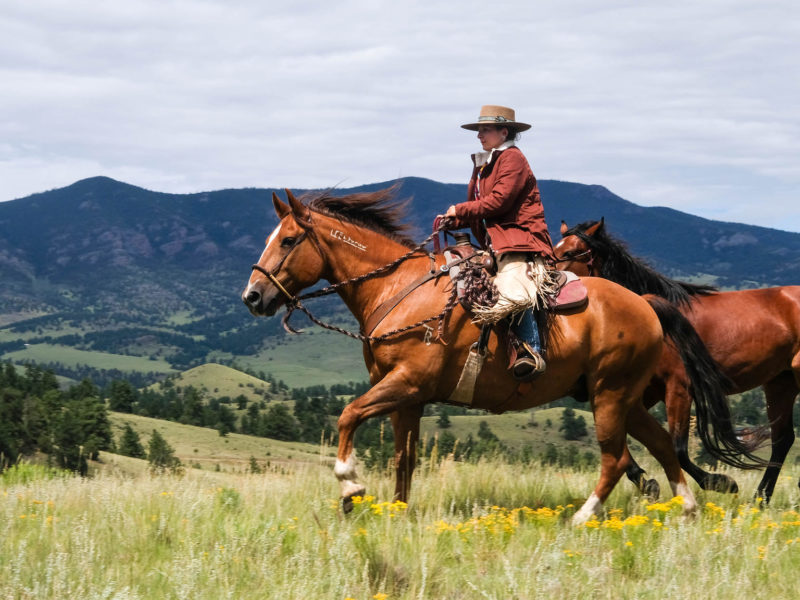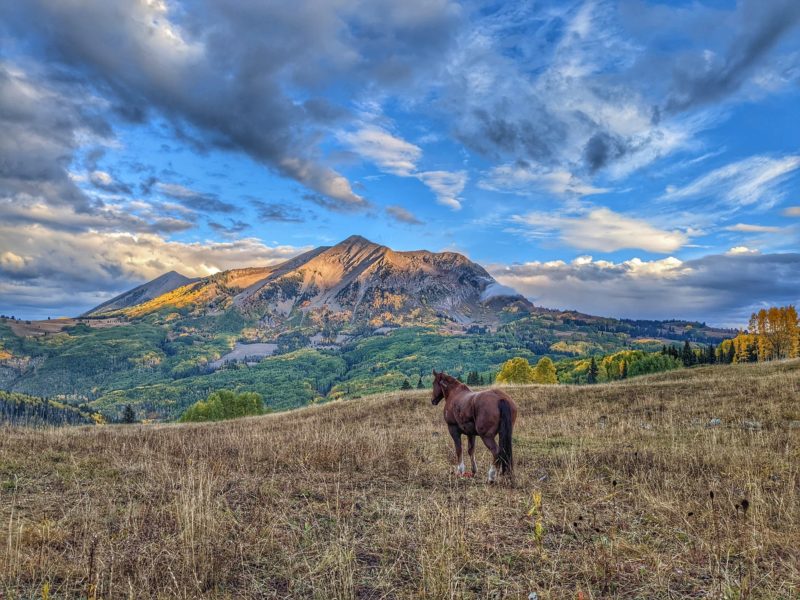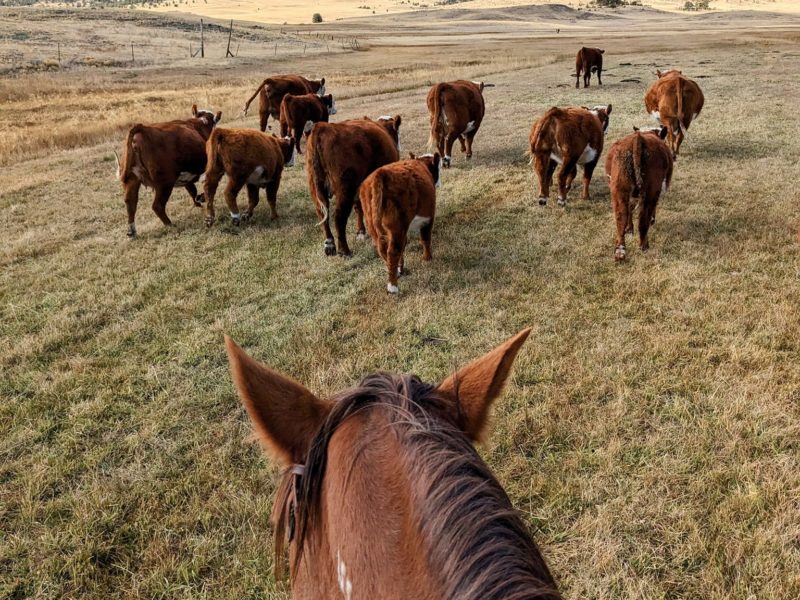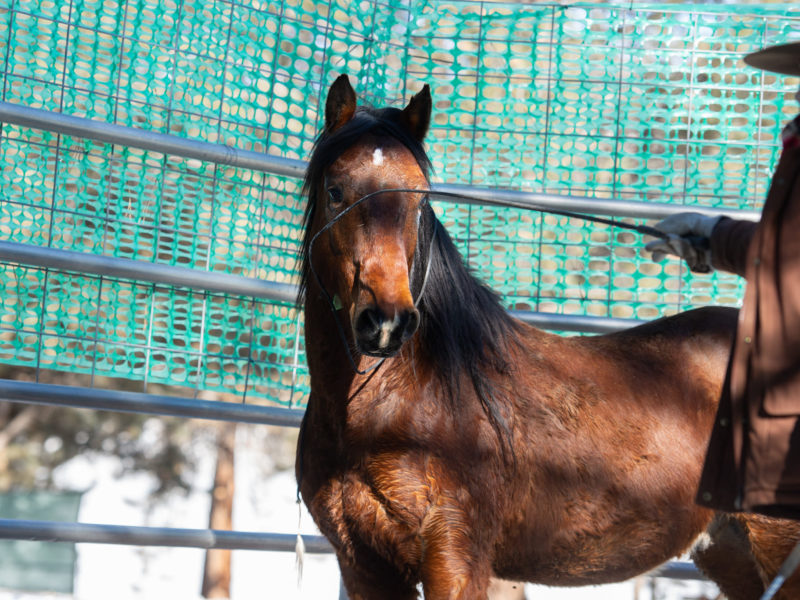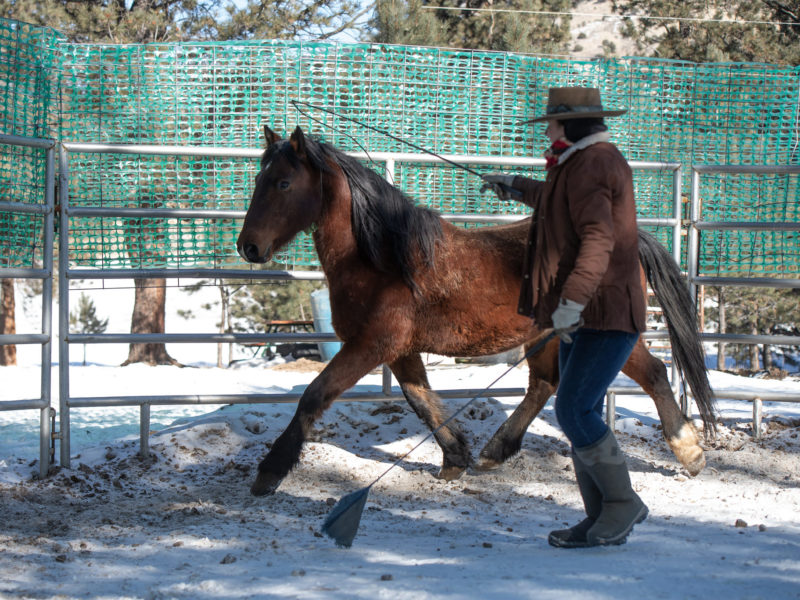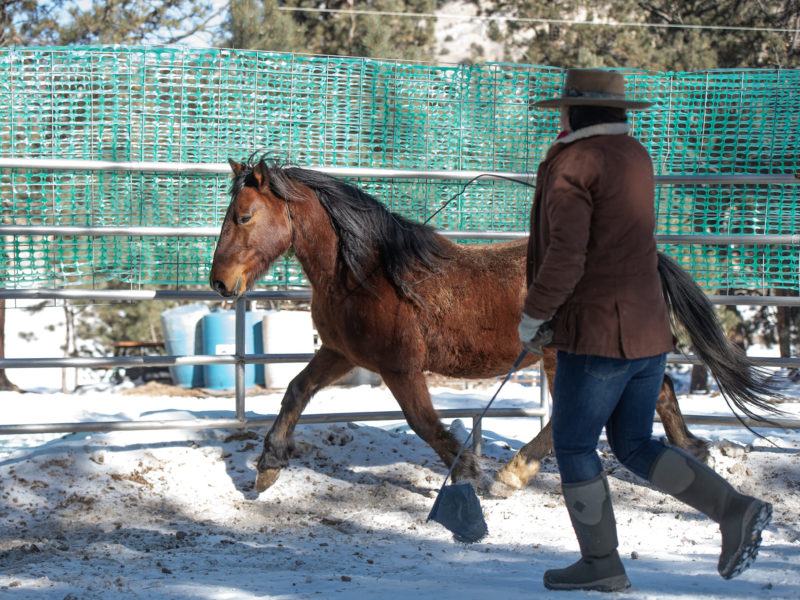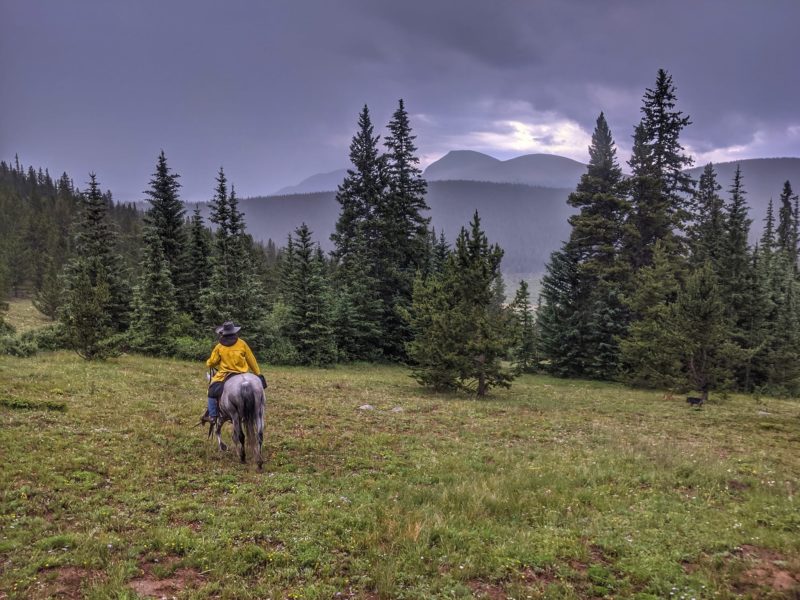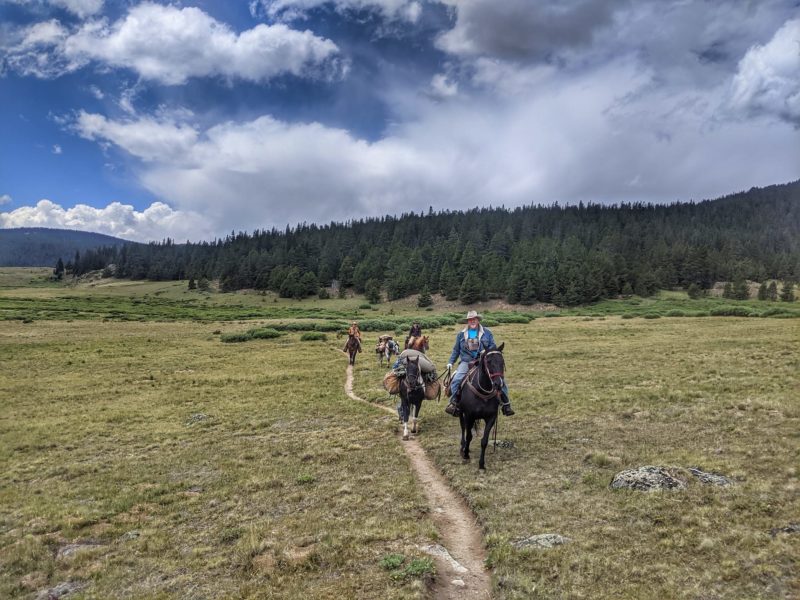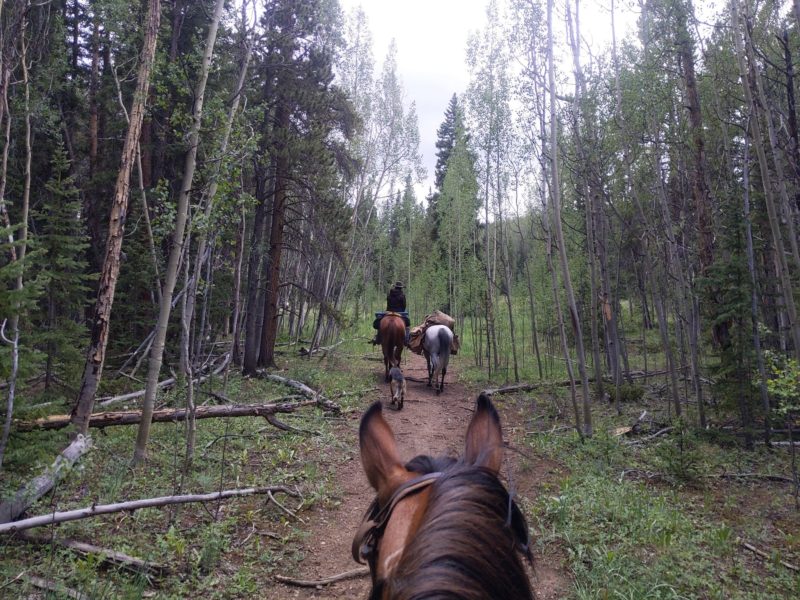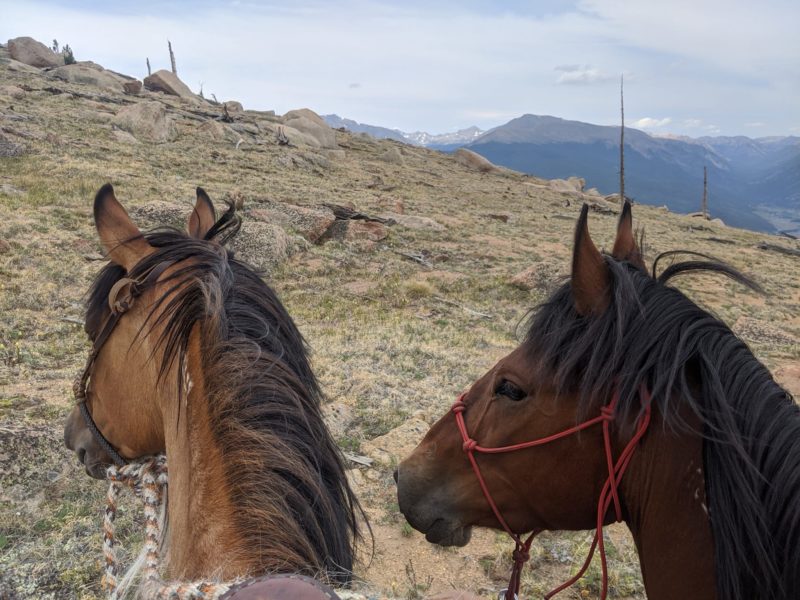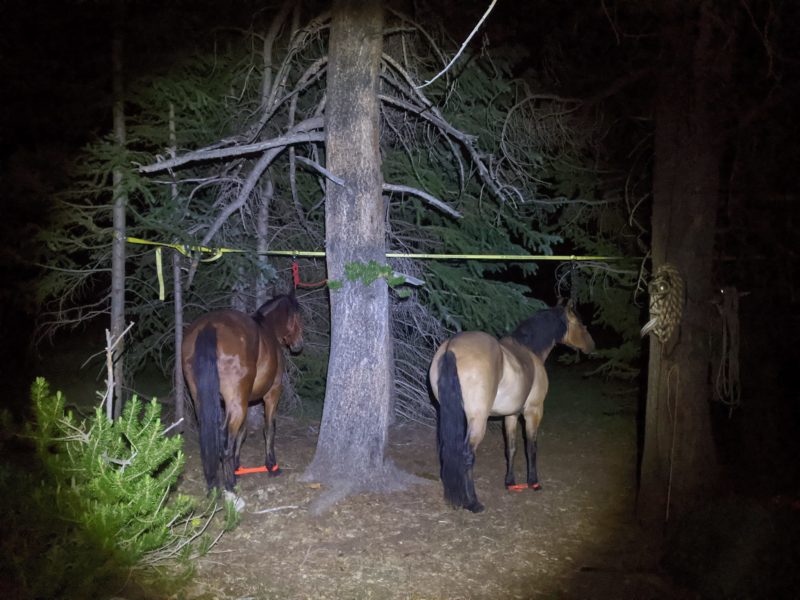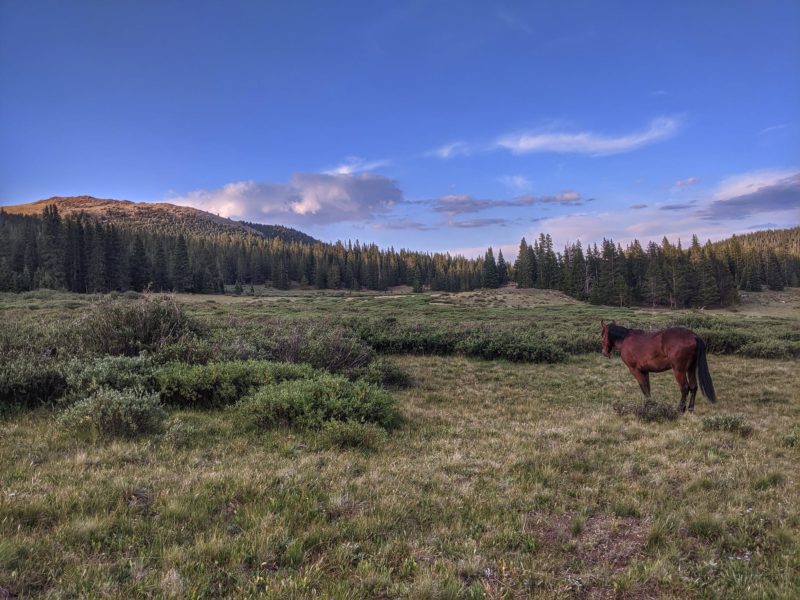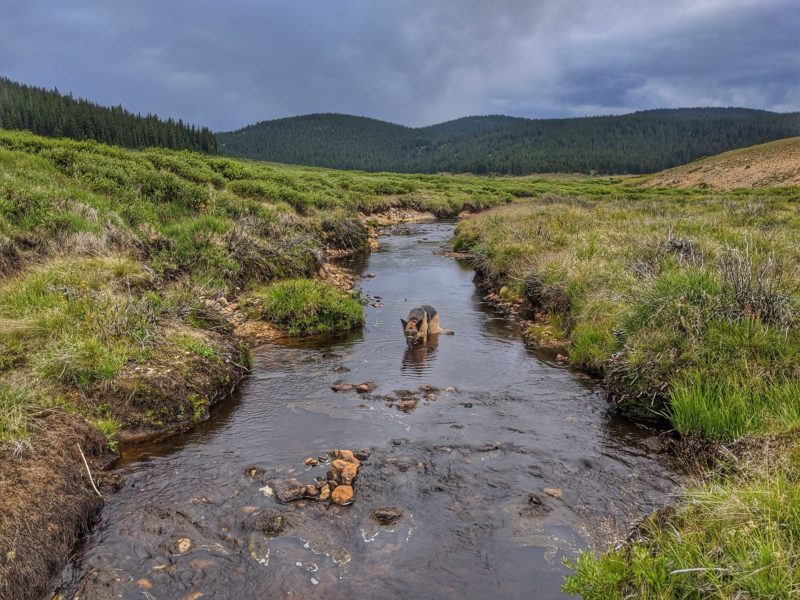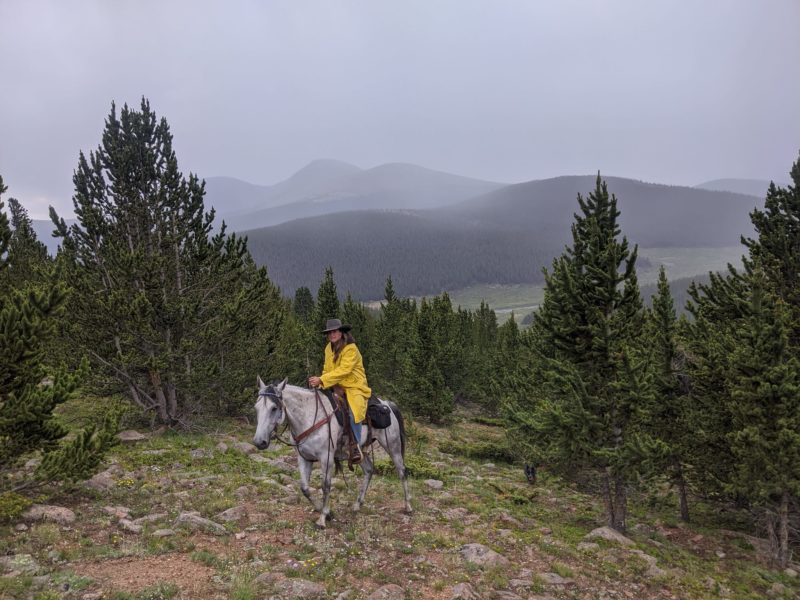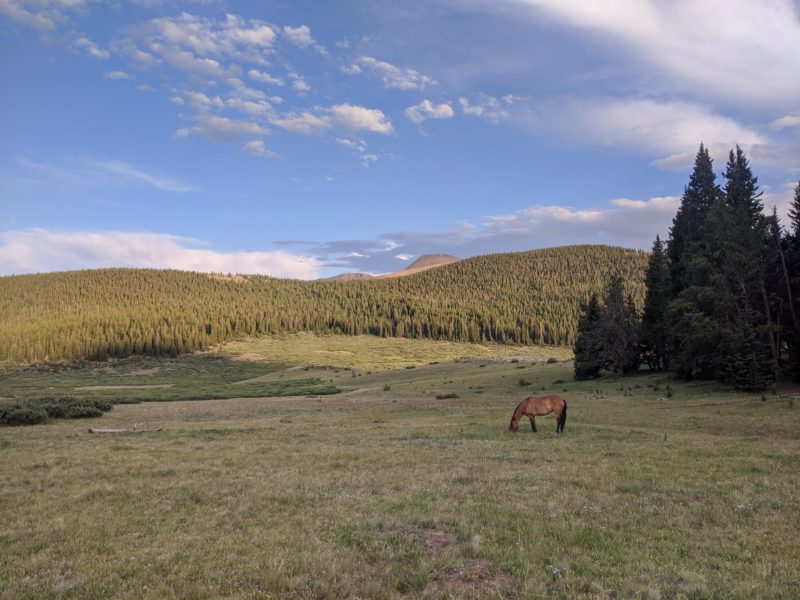Super Tuesday ![]()
![]()
![]()
![]()
![]()
As many of you may have already read, Tiny, the biggest and most personable of our Wild Horse Outreach & Advocacy Ambassador Mustangs is running for Mayor of Divide.
Several of our quirky little towns have animals as their elected mayors, and how cool would it be if it was a Mustang?
Every vote supports a wonderful local animal shelter and having Tiny in the race promotes the wild horses we all love and their potential once they leave the range.
Please see below the email we received over the weekend from TCRAS , the organization hosting the election:
*The election has been going great; each day, we are getting votes, which is really starting to add up. We have just about four weeks left of voting.
We are going to try for a BIG push on Tuesday, given that it is Super Tuesday for the presidential election. We have set out to challenge everyone who sees the post or email I have scheduled to cast at least one vote. I encourage you to create a post or reach out to your supporters and challenge each of them to cast at least one vote and encourage others to cast one vote on Tuesday. I would love for this information to get out on Tuesday, and not earlier, to see what we can do in a 24-hour period.
Can you imagine the impact we could have if each person you knew would cast just one vote?! Please reach out to me with any questions, and I will be happy to answer them.
Thank you for everything you have been doing for this election and the shelter!*
Want to be a part of helping wild horses, and helping TCRAS continue to make a difference for homeless pets? Please vote, please share, please tell your friends! L!NK to vote in bio and comments.
Photos to prove that Tiny actually works sometimes ![]() He’s pictured teaching 6 Mustangs from several different states and HMAs how to be ponied and see a person above them: Nala, Atlas, Ohana, Nova, Behne and Onyx. Having a big, chill (most of the time) horse to help green horses figure these things out is incredibly helpful and we’re grateful to have the big Salt Wells WY boy as part of our herd.
He’s pictured teaching 6 Mustangs from several different states and HMAs how to be ponied and see a person above them: Nala, Atlas, Ohana, Nova, Behne and Onyx. Having a big, chill (most of the time) horse to help green horses figure these things out is incredibly helpful and we’re grateful to have the big Salt Wells WY boy as part of our herd.
He also saved packing season both last year and the year before and as much as he and I disagree at times, without him a lot of teaching, training, riding and packing would have been impossible. The last several pictures are of him with a young volunteer and packing in the CO backcountry.
First 7 pics: Photographer Linnea Helander

